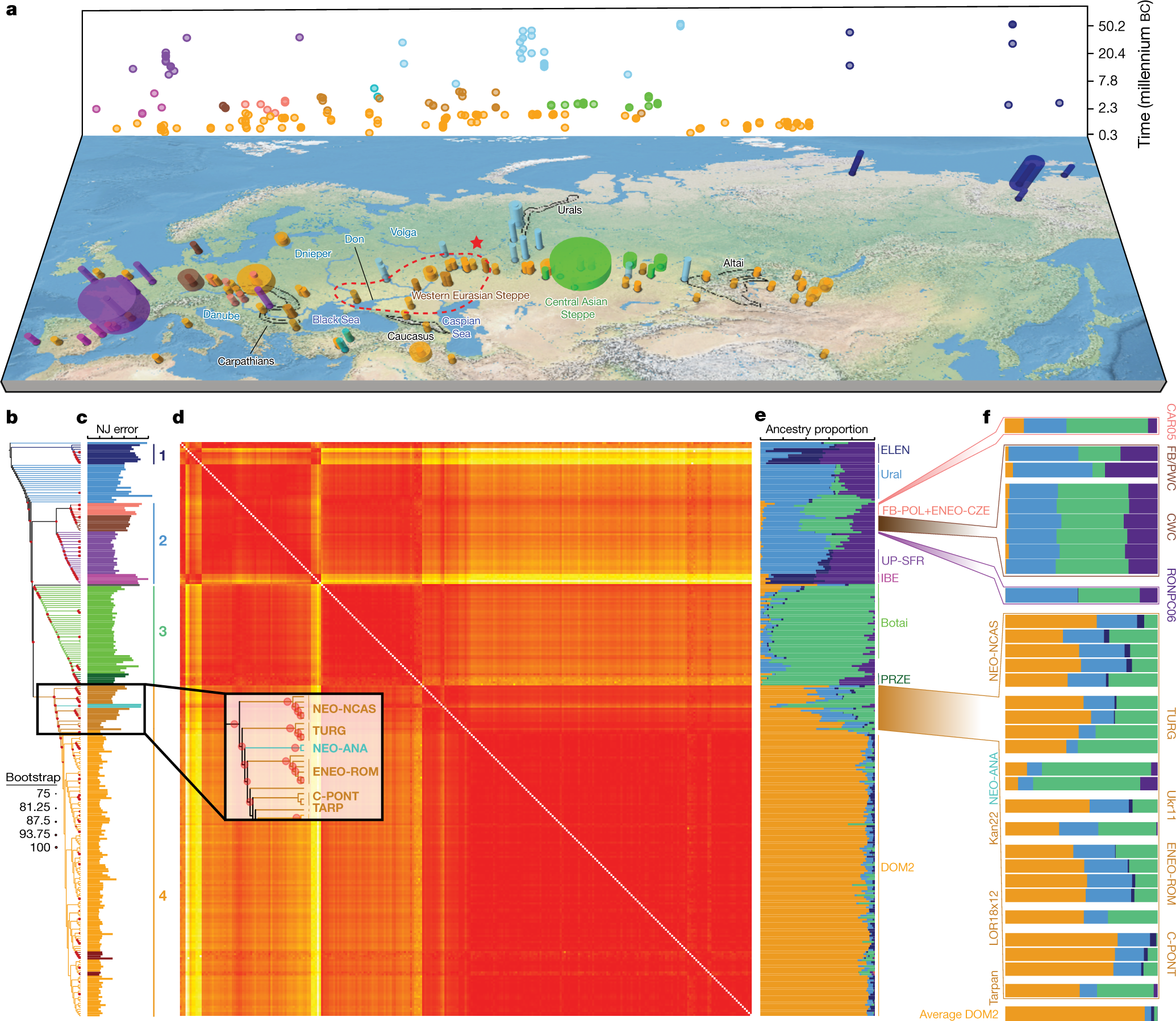
Without an EIN, a partnership could not file the appropriate business tax return, nor would it be able to provide the partners with important information they need for their personal tax returns. Those profits and losses are reported/filed on Schedule 1-K, which breaks down what each partner will report on an individual tax return. Instead, the profits and losses pass through to the partners and are claimed on their individual tax returns.

The business files a separate tax return, but the businesses does not pay income taxes.

Partnerships have what’s called pass-through taxation. In the case of a partnership, even though there are multiple owners, only one tax ID or EIN is needed. A partnership is a type of business entity that is required to obtain a tax ID or EIN, and partnerships only need apply for one EIN so long as those partners only own one business together.Īn EIN identifies a business, not the individuals that own a business therefore, only one tax ID is required for a single business. They must also apply for a partnership tax ID number, also called an Employer Identification Number, or EIN for short.Īn EIN is a nine-digit number issued by the IRS, and is used to identify a business and its distinct tax requirements. Most businesses, including partnerships, are required to register with the Internal Revenue Service (IRS), as well as with state and local agencies. Partners contribute money, property, labor, and skill, and in return share in the profits and losses.

A partnership is a single business owned by two or more people.


 0 kommentar(er)
0 kommentar(er)
